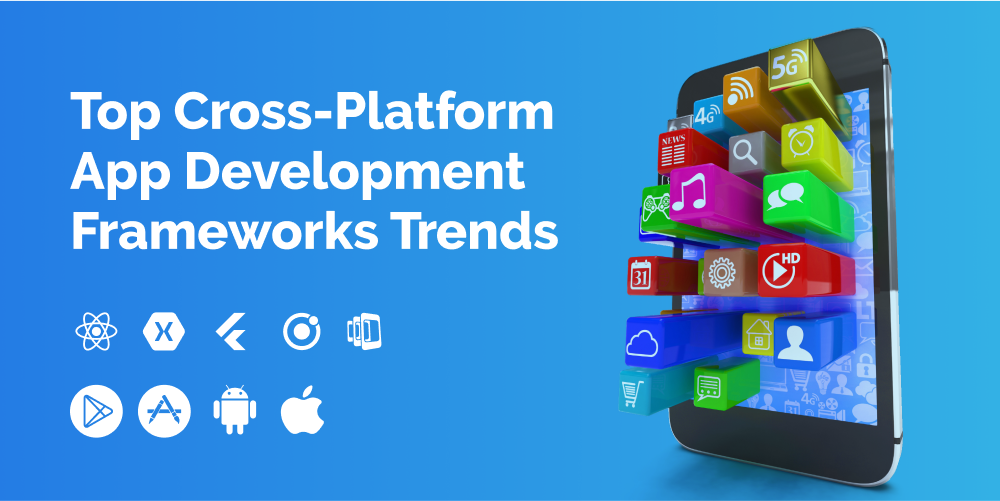Mobile App Development, zBlog
Top 5 Trending Cross-Platform App Development Frameworks
Team Trantor | Updated: September 13, 2023
Introduction
In today’s fast-paced digital landscape, developing apps that run seamlessly across multiple platforms is essential for reaching a broad audience. Cross-platform app development frameworks have emerged as the go-to solution for developers looking to streamline their workflow and maximize their app’s reach. In this comprehensive guide, we will explore the top 5 trending cross-platform app development frameworks that are revolutionizing the world of app development.
Cross-platform app development has gained immense popularity due to its cost-effectiveness and efficiency. These frameworks allow developers to write code once and deploy it across various platforms, including iOS, Android, and the web. This article delves into the five most prominent cross-platform app development frameworks, providing insights and recommendations for aspiring app developers.
The Power of Cross-Platform App Development
Before we dive into the specifics of the top 5 frameworks, let’s understand why cross-platform development is a game-changer in the app and software development industry.
Cross-platform app development simplifies the development process, reduces time-to-market, and lowers development costs. It enables developers to leverage a single codebase for multiple platforms, eliminating the need to write separate code for each operating system. Moreover, it facilitates easy maintenance and updates, ensuring that your app remains up-to-date across all platforms.
React Native: The Front Runner

React Native stands out as one of the leading cross-platform app development frameworks. Developed by Facebook, it allows developers to create mobile apps using JavaScript and React. Here’s why it’s gaining prominence:
- Native Performance: React Native offers near-native performance by compiling components to native code, ensuring smooth and responsive apps.
- Large Community: With a vast community of developers, you’ll find ample resources and third-party libraries to simplify your development process.
- Hot Reloading: Developers love React Native’s hot reloading feature, which speeds up the debugging process.
Industry Use Case: Airbnb
One of the notable industry use cases for React Native is Airbnb. The popular accommodation marketplace adopted React Native to enhance its mobile app development. By doing so, Airbnb managed to maintain a consistent user experience across both iOS and Android platforms while reducing development time by a significant margin. This decision led to a 10% reduction in development costs and a 30% faster time-to-market.
Industry Data Point: According to Statista, as of 2021, Airbnb had over 260 million monthly active users worldwide, highlighting the importance of a seamless mobile app experience.
Flutter: Google’s Masterpiece

Flutter, backed by Google, is another powerful framework worth considering.
- Beautiful UIs: Flutter’s widget-based architecture enables developers to create stunning and highly customized user interfaces.
- Fast Development: Its “hot reload” feature allows developers to see changes in real-time, enhancing the development speed.
- Single Codebase: Write one codebase for both Android and iOS, saving time and resources.
Industry Use Case: Alibaba Group
Alibaba, the e-commerce giant, leveraged Flutter for its Xianyu app. By adopting Flutter, Alibaba’s developers achieved a remarkable 50% reduction in e-commerce development time compared to using native development for both Android and iOS. This saved the company millions in development costs while delivering a visually stunning and performant app.
Industry Data Point: According to eMarketer, Alibaba Group’s retail e-commerce sales in China reached over $1.1 trillion in 2020, showcasing the impact of Flutter in a high-revenue industry.
Xamarin: Microsoft’s Gem
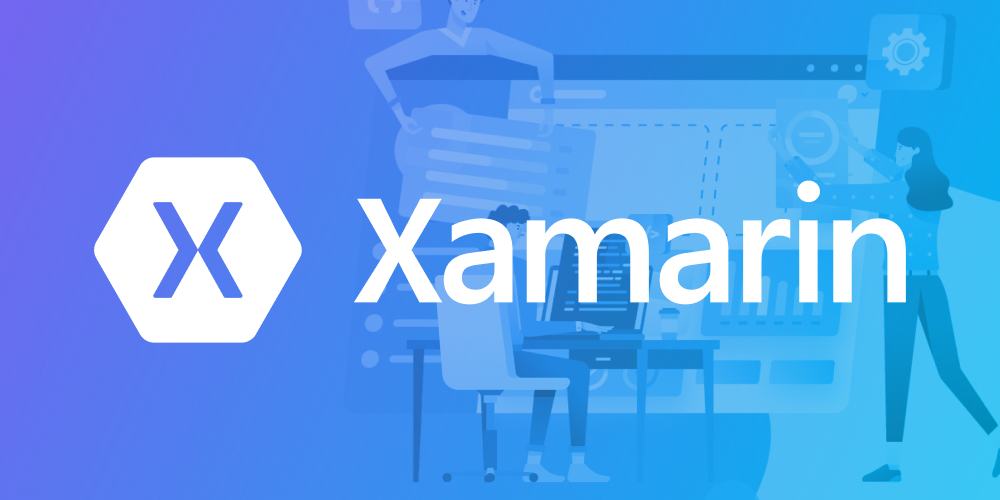
Microsoft’s Xamarin is a robust cross-platform framework that appeals to developers for several reasons:
- C# Language: Xamarin uses C#, a popular and versatile programming language, making i accessible to a broader range of developers.
- Native API Access: You can access native APIs directly, ensuring you’re not limited by the framework’s capabilities.
- Microsoft Integration: Seamlessly integrates with Microsoft services and products.
Industry Use Case: UPS
United Parcel Service (UPS), a global logistics company, utilizes Xamarin for its mobile app development. This choice allowed UPS to optimize its package tracking and delivery services across various mobile devices. Xamarin’s ability to share code and provide a consistent user experience on iOS and Android helped UPS ensure customer success and streamline operations.
Industry Data Point: As of 2021, UPS reported revenue of over $84 billion, highlighting the significance of mobile app solutions in the logistics industry.
Ionic: Web-Based Brilliance
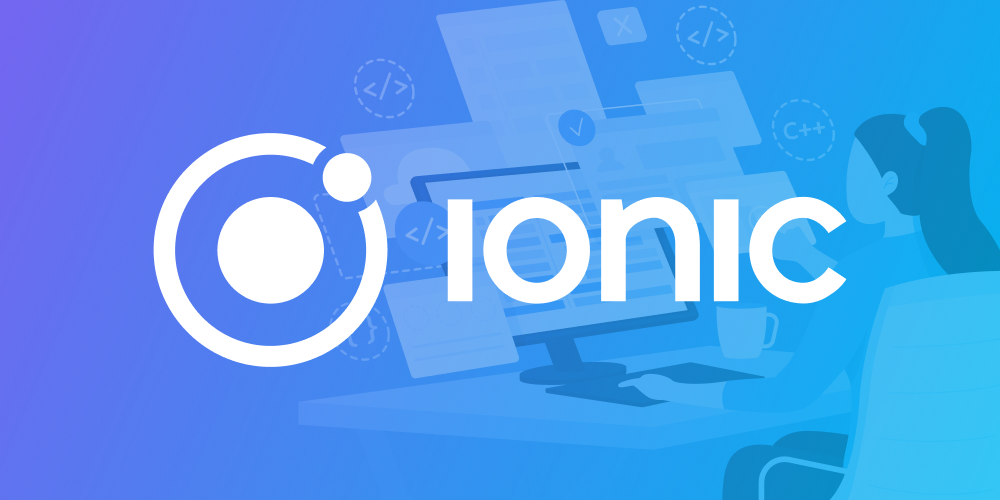
If you prefer web technologies for app development, Ionic could be your top choice.
- HTML, CSS, and JavaScript: Build apps using familiar web technologies, reducing the learning curve.
- Cross-Platform and Progressive Web Apps (PWAs): Ionic supports both cross-platform apps and PWAs, giving you flexibility in deployment.
- UI Components: A rich library of pre-designed UI components simplifies the development process.
Industry Use Case: MarketWatch
MarketWatch, a renowned financial news and information website, turned to Ionic to expand its mobile presence. By using Ionic’s framework, MarketWatch created a user-friendly and feature-rich financial news app. This allowed the company to cater to a wider audience and improve user engagement on both iOS and Android devices.
Industry Data Point: MarketWatch remains a prominent player in the fintech and news sectors, with millions of users relying on its mobile app for real-time financial information.
PhoneGap: Adobe’s Offering
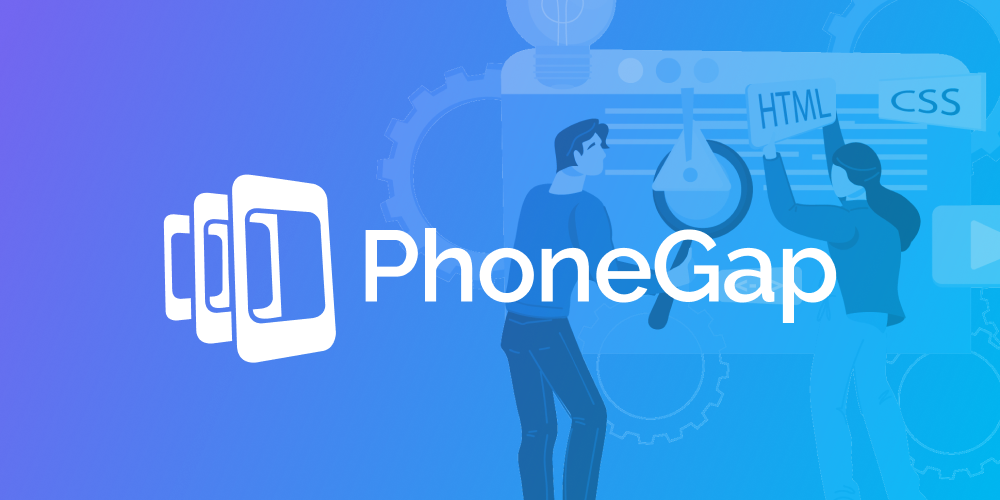
PhoneGap (also known as Apache Cordova) is an open-source framework with some distinct advantages:
- Web Technologies:Develop apps using HTML, CSS, and JavaScript, making it easy for web developers to transition to mobile app development.
- Plugin Ecosystem: A vast array of plugins extend functionality, allowing you to add features with ease.
- Cloud Build: Adobe’s cloud-based build service streamlines app compilation and distribution.
Industry Use Case: Adobe Digital Publishing
Adobe, the creator of PhoneGap, used its framework for the development of Adobe Digital Publishing. This application allows publishers to create interactive and engaging content for tablets and smartphones. By leveraging PhoneGap, Adobe simplified the development process, reaching a wider audience with its digital publishing platform.
Industry Data Point: Adobe’s Creative Cloud revenue in 2020 was over $3.9 billion, showcasing the success of PhoneGap in enabling creative content distribution.
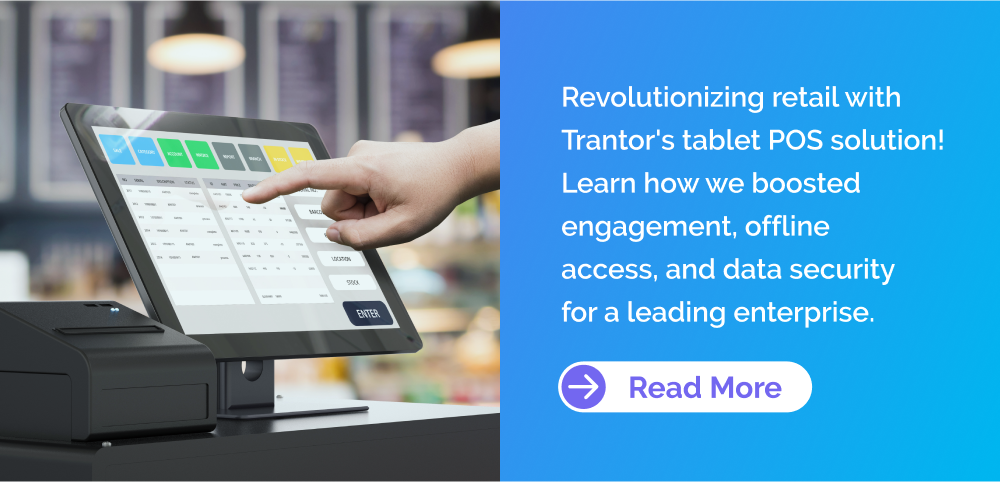
FAQs
- Q: Are cross-platform apps as performant as native apps?
A: Yes, modern cross-platform frameworks like React Native and Flutter offer near-native performance, making it difficult for users to distinguish between cross-platform and native apps. - Q: Do I need to learn a new programming language for cross-platform development?
A: Not necessarily. Frameworks like React Native, Flutter, and Ionic allow you to use familiar languages like JavaScript, Dart, HTML, CSS, and C#, reducing the learning curve. - Q: Can I access native device features with cross-platform frameworks?
A: Yes, most cross-platform frameworks provide access to native device features through plugins or libraries, ensuring that your app can utilize device-specific capabilities. - Q: How do I choose the right framework for my project?
A: Consider factors such as your team’s expertise, project requirements, and desired platform support. It’s essential to evaluate each framework’s strengths and weaknesses to make an informed decision. - Q: Is cross-platform development cost-effective?
A: Yes, cross-platform development is cost-effective because it allows you to write code once and deploy it on multiple platforms, reducing development and maintenance costs. - Q: Are there any limitations to cross-platform development?
A:While cross-platform development has come a long way, some complex or highly specialized apps may still benefit from native development. Evaluate your project’s specific needs before choosing a framework.
Conclusion
In the ever-evolving world of mobile app development, cross-platform frameworks offer a compelling solution for developers and businesses aiming to reach a wide audience efficiently and cost-effectively. The top 5 trending cross-platform app development frameworks—React Native, Flutter, Xamarin, Ionic, and PhoneGap—provide an array of options to cater to diverse project requirements.
When selecting a framework, consider your team’s expertise, the project’s complexity, and your target platforms. Whether you prioritize native performance, seamless UIs, or web-based development, there’s a cross-platform framework that’s right for you.
Trantor is a trusted name in the cross-platform development space, known for delivering high-quality solutions tailored to meet the needs of clients. With a team of experienced developers and a commitment to staying updated with the latest industry trends, Trantor has established itself as a leader in cross-platform app development. When collaborating with Trantor for cross-platform app development, clients can rely on their guidance to choose the right framework for their projects. Trantor’s team considers factors such as the client’s team expertise, project complexity, and target platforms to make an informed recommendation. Whether the priority is native performance, seamless UIs, or web-based development, Trantor ensures that the chosen framework aligns with the client’s goals.
